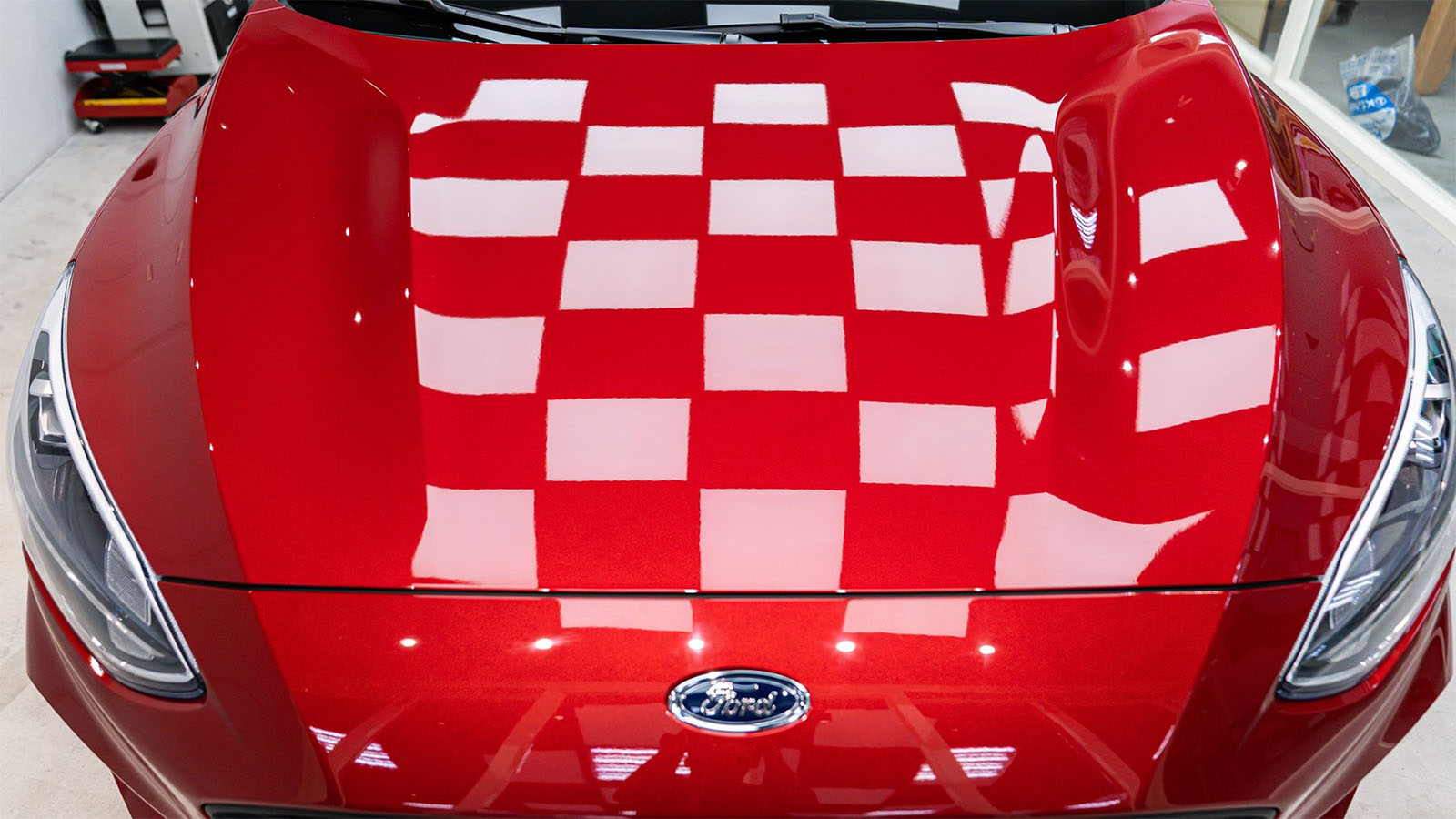Ceramic Coatings San Jose: Boost and Protect Your Automobile's Finish
Ceramic Coatings San Jose: Boost and Protect Your Automobile's Finish
Blog Article
Unveiling the Scientific Research Behind Ceramic Coatings: Exactly How Does It Job and Why Is It Superior to Typical Choices?
Ceramic coverings have been getting appeal in numerous sectors for their remarkable performance and sturdiness. Comprehending just how ceramic finishes job and why they outmatch standard options is essential for those seeking to improve the durability and durability of their materials.
The Chemistry of Ceramic Coatings
In understanding ceramic coverings, delving into the complex chemistry behind their make-up is crucial for grasping their functionality and durability. Ceramic coatings are largely composed of silicon dioxide (SiO2), which creates a solid and protective layer when put on numerous surfaces. This chemical structure provides exceptional resistance to warmth, chemicals, and deterioration, making ceramic finishes extremely demanded for a vast array of applications.
The chemistry behind ceramic layers entails the development of covalent bonds in between silicon and oxygen atoms, creating an inflexible network that improves the finishing's strength and durability. In addition, the existence of other elements such as zirconium, light weight aluminum, and titanium more enhances the covering's residential or commercial properties, supplying raised solidity and adhesion to surface areas.
Recognizing the chemical structure of ceramic finishings enables the modification of formulas to match certain needs, whether it be for vehicle, industrial, or household purposes. By using the power of chemistry, ceramic layers proceed to pave the method for superior protection and efficiency in various sectors.
Benefits of Ceramic Coatings

As an outcome, ceramic layers make cleansing and maintaining surfaces much less complicated and less taxing. On the whole, the wide variety of benefits offered by ceramic coatings make them a superior alternative contrasted to conventional covering methods.
Just How Ceramic Coatings Bond
Ceramic finishings bond to surface areas with a procedure that includes molecular bond and chemical communications. When a ceramic coating is applied to a surface area, it develops a strong bond by chemically sticking to the surface at a molecular degree.
Additionally, the chemical interactions in between the ceramic coating and the surface additionally improve the bond. ceramic coatings san jose. These communications allow the ceramic layer to produce a continual and seamless layer externally, offering superb protection and toughness. Unlike conventional layers that may rest on the surface area without completely bonding, ceramic layers create a long-term bond that is immune to chemicals, UV rays, and harsh ecological conditions

Essentially, the bonding system of ceramic coatings makes sure a efficient and durable protective layer that outshines traditional coating alternatives. This exceptional bond adds to the resilience, scrape resistance, and longevity of ceramic finishings, making them a favored option for various applications.
Sturdiness of Ceramic Coatings
The outstanding longevity of ceramic finishings originates from their robust molecular adhesion and chemical communications with surface areas, ensuring a resilient safety layer that goes beyond traditional finishing choices. As soon as applied, ceramic coverings develop a solid bond with the substratum, creating a resilient barrier against different ecological stress factors such as UV radiation, chemicals, and abrasions. This bond is so secure that it can endure the roughness of everyday usage without deteriorating or deteriorating swiftly.
Unlike traditional coatings that might see here break down over time, ceramic finishings maintain their integrity for an extensive duration, offering resilient defense for the underlying surface area. Overall, the exceptional longevity of ceramic finishes makes them an exceptional choice for protecting a vast array of surfaces in numerous applications.
Ceramic Coatings Vs. Conventional Options
In contrast to conventional covering techniques, ceramic finishes supply a distinct mix of longevity and protective capabilities that set them apart in different surface security applications. Standard choices such as wax or sealers supply a momentary layer of defense that can diminish promptly, calling for constant reapplication. On the various other hand, ceramic layers create a solid bond with the surface area, producing a long-term or semi-permanent obstacle that is extremely resistant to abrasion, chemicals, UV rays, and extreme temperatures.
Moreover, ceramic coatings supply premium hydrophobic properties compared to traditional finishes. The hydrophobic nature of ceramic layers causes water to bead up and roll off the surface, carrying dust and pollutants with it. This self-cleaning impact helps to keep the surface area's sanitation and gloss for extended durations, minimizing the demand for constant upkeep.
Additionally, ceramic coatings have a thicker layer contrasted to typical alternatives, providing enhanced scratch resistance and security against small effects. This resilience ensures durable performance and helps maintain the aesthetic allure of the dealt with surface for an extensive period.
Conclusion
To conclude, the scientific research behind ceramic layers hinges on their chemical structure and bonding buildings, making them above standard options. The advantages of ceramic coverings consist of raised toughness and security for surfaces. By recognizing how ceramic layers work and their advantages over typical options, one can my company make enlightened decisions when thinking about coating choices for various applications.
Unlike typical layers that may rest on the surface without completely bonding, ceramic layers produce a long-term bond that is immune to chemicals, UV rays, and harsh environmental problems.
The exceptional durability of ceramic layers stems from their robust molecular bond and chemical communications with surface areas, guaranteeing a long lasting safety layer that surpasses conventional coating options.Unlike standard coatings that may deteriorate over time, ceramic finishes keep their integrity for an extended period, supplying durable defense for the underlying surface.In comparison to conventional finishing approaches, ceramic layers offer a distinctive blend of resilience and safety capabilities that establish them apart in different surface area security applications. By comprehending exactly how ceramic layers job and their benefits over standard alternatives, one can make enlightened choices when considering finishing choices for this contact form different applications.
Report this page